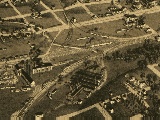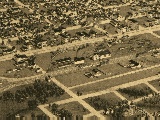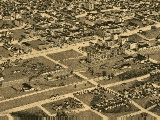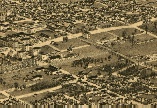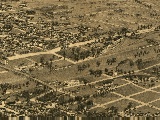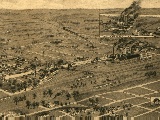Birmingham Industries
Birmingham, Alabama, started out as an industrial city of the New South. Starting after the Civil War, the new City was founded to exploit the mineral wealth that was known to exist, but which had not been tapped to the fullest possible potential. Plans to develop these natural resources had started before the Civil War, as witnessed by the fact that the South and North railroad had started north from Montgomery, and reached Brock's Gap, Shades Mountain, on the Shelby and Jefferson County line prior to the beginning of the War. Apparently the winds of war blew stronger and faster than the development of the resources. Had the Civil War started after the development of Birmingham industries, and the railroads, the outcome might have been different. On the other hand, much of the capital that developed Birmingham was from outside the South, so the question may be moot.
Enough of that. To me, the development of Birmingham is fascinating, and it is amazing to see what was done by people with a dream, and the energy to pursue it. Perhaps this is best exemplified by one of the early entrepreneurs, Henry DeBardeleben, who is quoted in Armes, The Story of Coal and Iron in Birmingham:
"There's nothing like taking a wild piece of land, all rock and woods, ground not fit to feed a goat on, and turning it into a settlement of men and women, making pay rolls, bringing the railroads in, and starting things going. There's nothing like boring a hillside through and turning over a moountain. That's what the money does, and that's what the money's for. I like to use money as I use a horse, to ride!...Life is one big game of poker."
Pretty exciting stuff, and this was over 100 years ago.
So, in the early 1870's people like DeBardeleben began to develop the Birmingham District, and by 1885 quite a lot had happened. The following images are taken from the Library of Congress web site: http://memory.loc.gov/ammem/gmdhtml/cityhome.html. At the Library of Congress site, you can explore this image with a wonderful viewer that allows you to zoom in to amazing detail. If you take the link to the LoC site, you can find this image by searching the Panoramic Maps for "birmingham". This will lead to lots of interesting things!
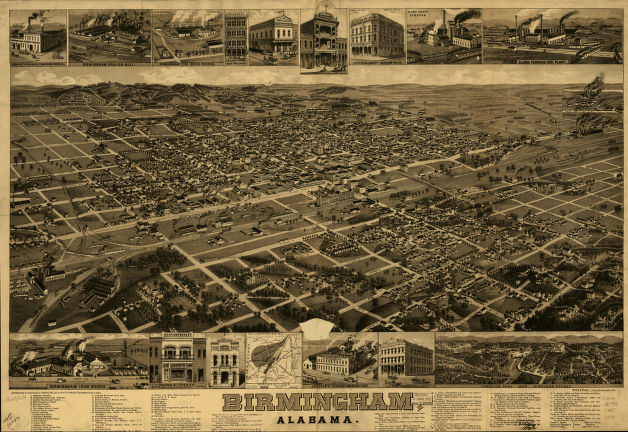
This image has been used to produce a series of views which show several of the key industries of early Birmingham, as well as the railroad corridor, which represented the core of the City. Consider that many cities before this had been developed around rivers, because at the time, river transportation was key. Birmingham, on the other hand, is a City of the New South, and the American industrial revolution, and the transportation lifeline of this era was the Railroad.
In this 1885 view of Birmingham, we are looking north, across the Jones Valley, as though we were on top of Red Mountain, the source of the local iron ore. The Railroad Reservation extends from left to right, and it was planned so that the industries could be located along the reservation, with the City extending away from the tracks to the north and south.
In the following table are a series of six
thumbnails, showing overlapping images along the railroad from west to east.
In each of the images along the Railroad Reservation one may see early industries of the new city of Birmingham. Most of these early sites are gone, but one, Sloss Furnace, exists today in the form of a museum that you can visit. For more on the Sloss Furnace, see other parts of this web site. Explore and enjoy!
